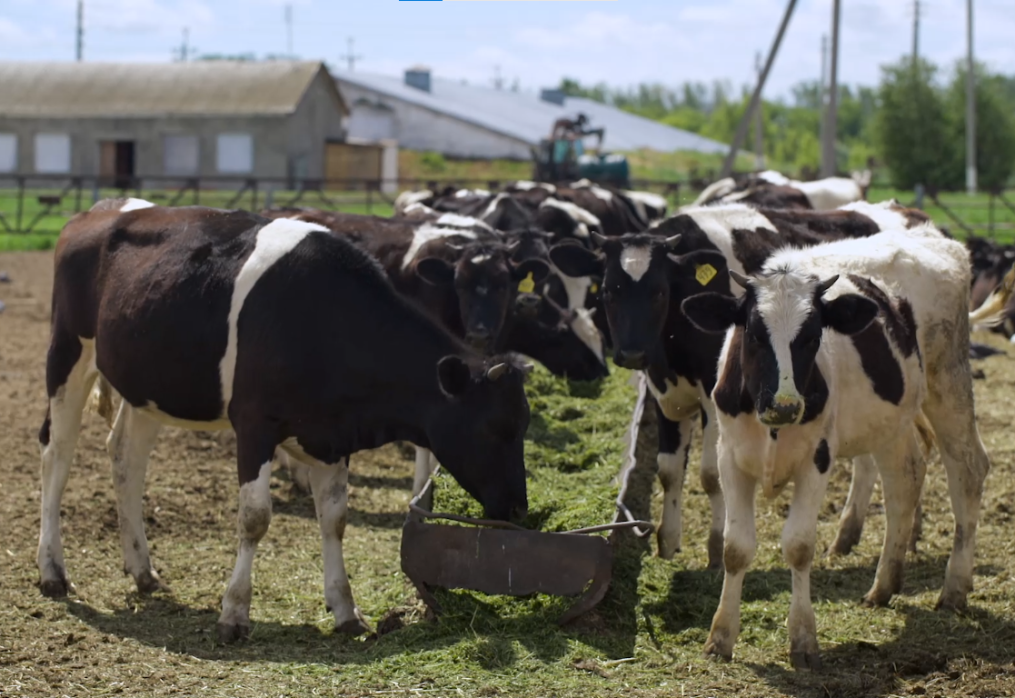Maize Silage: An Excellent Forage Option for Dairy Farmers in Kenya
Dairy farming in Kenya is a crucial agricultural sector that contributes significantly to the country’s economy. To ensure the profitability and sustainability of their operations, dairy farmers must focus on providing high-quality forage to their cows. One such excellent forage option gaining popularity is maize silage. Maize silage offers numerous benefits over traditional forages, making it an attractive choice for dairy farmers. Herein, we will explore why maize silage is an excellent forage option and how it can benefit dairy farmers in Kenya;
- Nutritional Value of Maize Silage:
Maize silage is derived from the whole maize plant, including the stalk, leaves, and grain. The ensiling process preserves the nutrients present in the plant, making maize silage highly nutritious for dairy cows. It is rich in energy, protein, and fiber, which are essential for optimal cow health and milk production. Compared to other forage options like hay or fresh grass, maize silage offers higher energy content, allowing cows to meet their energy requirements more efficiently.
The protein content in maize silage is also substantial, ensuring adequate amino acids for milk production and overall cow health. Additionally, maize silage contains a favorable balance of digestible and indigestible fibers, promoting a healthy rumen environment and aiding in the prevention of digestive disorders.
- Increased Dry Matter Intake:
Maize silage has a high dry matter content, which encourages cows to consume more forage and meet their nutrient requirements. The high digestibility of maize silage, coupled with its palatability, makes it an attractive option for cows, leading to increased dry matter intake. This increased intake results in improved milk production, enhanced body condition, and better overall cow health.
- Improved Feed Efficiency:
One of the significant advantages of maize silage is its impact on feed efficiency. The high energy density and favorable nutrient composition of maize silage enable cows to convert the feed into milk more efficiently. This improved feed efficiency can result in cost savings for dairy farmers by reducing the need for expensive concentrate feeds.
- Cost-Effective Forage Option:
Maize is a widely cultivated crop in Kenya, and utilizing maize plants for silage production offers a cost-effective forage option for dairy farmers. By utilizing maize plants that may not meet grain standards, farmers can still obtain significant nutritional value from the entire plant through silage production. Maize silage can reduce reliance on purchasing expensive commercial feeds, thus reducing production costs and improving the profitability of dairy farming operations.
- Ensuring Year-round Availability:
Another advantage of maize silage is its year-round availability. By adopting proper silage production and storage practices, dairy farmers can ensure a consistent supply of high-quality forage, regardless of seasonal variations. This availability is particularly beneficial during dry periods or when the quantity and quality of other forage options may be limited. Maize silage allows farmers to maintain consistent feed quality and meet the nutritional needs of their cows throughout the year.
- Environmental Benefits:
Maize silage also offers environmental benefits for dairy farmers. By utilizing the entire maize plant for silage production, farmers can reduce crop wastage and minimize environmental impact. Additionally, maize silage helps in soil conservation by preventing soil erosion, improving soil structure, and increasing organic matter content.
Maize silage is an excellent forage option for dairy farmers in Kenya, offering numerous benefits in terms of nutrition, feed efficiency, cost-effectiveness, year-round availability, and environmental sustainability. By incorporating maize silage into their feeding programs, dairy farmers can enhance milk production, improve cow health, and optimize their farm profitability.
